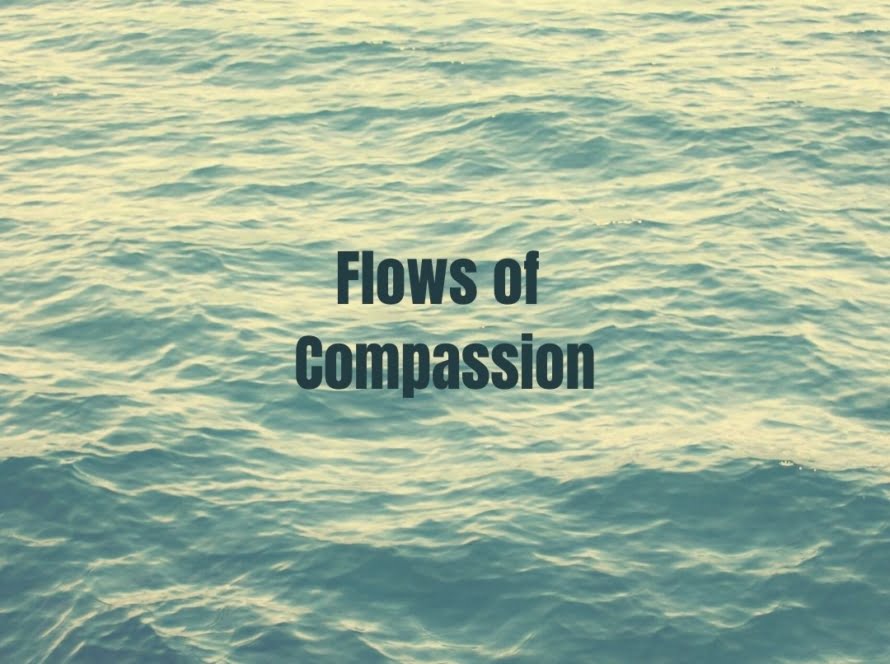To give and receive compassion can be tricky for a number of potential reasons.
Fears refer to when we would like to be compassionate, but we might feel frightened if we become more or “too” compassionate. Perhaps there is a worry that “I’ll become weak” or “too sensitive”.
Blocks refer to when we would like to be compassionate. We are not frightened by it but things get in the way of this happening. Time can be a big factor with this. A good example of this can be seen with “caring” professions. Such professionals might like to be more compassionate with their patients but have too much paperwork or large caseloads that do not allow for this.
Resistances refer to when we simply do not want to engage with compassion. Perhaps we might feel someone (even ourselves) does not deserve compassion.
These fears, blocks and resistances can happen individually or mesh together. For example, even when the block disappears (e.g. too much paperwork), there might still be “fear” underneath it.
A lot of difficulties can arise from not fully understanding what compassion is and is not (see previous post). It is not “selfish”, “self-pity” or “letting ourselves off the hook”. It is more than being just kind. Compassion shows up during suffering with an action/desire/commitment to alleviate that suffering.
Other factors that make compassion difficult include self-criticism, compassion feeling unfamiliar and therefore can feel “alien”, or painful past experiences of being hurt, especially from someone who we loved or trusted.
Just because compassion or “positive emotions” are “suppose to” feel “nice” or “pleasant”, it does not mean it will automatically feel this way to us. These difficulties often make sense, given our experiences in life. If you feel like this, there is nothing wrong with you. You are human.
*Content is created for generalised educational purposes and does not replace personal therapy *







